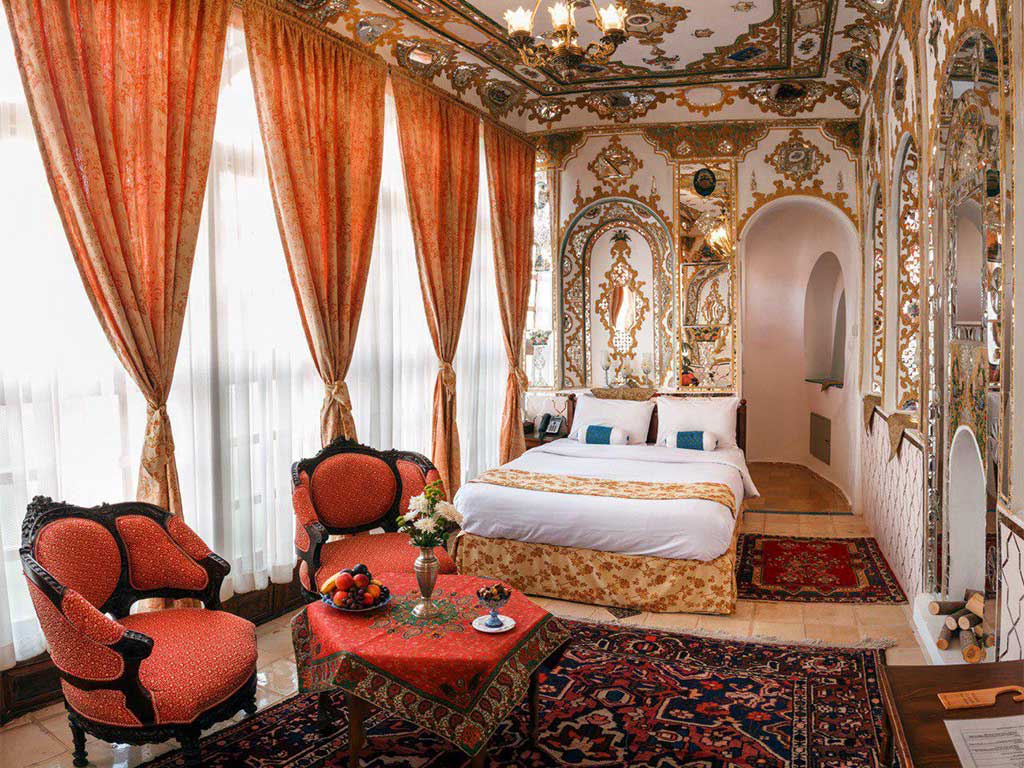One of the most brilliant periods of Iranian art after Islam is the Safavid period. In 907 AH (1502 AD), Shah Ismail established the Safavid dynasty and during this period, industrial and artistic centers and centers increased in Iran.
At the beginning of the establishment of this dynasty, ریز Tabriz was the capital and for this reason this city was the center for the activities of artists such as calligraphers, gilders, painters and bookbinders as well as artists who worked in other arts and crafts and artists in the textile and textile industries. They were working, it turned out.
At the end of the tenth lunar century, during the reign of Shah Abbas, the capital of the country was moved to Isfahan. With the selection of the new capital, the city expanded as one of the brightest cities in the East.
Markets, palaces, mosques, gardens, bridges were included in the city map. At this time, all religious buildings were decorated with tiled decorations.
The buildings of Sheikh Lotfollah Mosque, Sar in Qaisaria and Imam Mosque in Naghsh Jahan Square were decorated with mosaic tiles. Square tiled patterned bricks, known as "seven-color" bricks, were used extensively in construction. The pattern of the tiles and their colors have given a special decoration to the buildings of this period.
Not only the walls, but also the domes, porches, arches, entrances and minarets were decorated with tiles and mosaics.
The construction of large entrances with transparent tiles and Mogharnasi bedding was very advanced in the Safavid era. The combination of the large entrance and the minarets on either side with the courtyard of the four porches and the surrounding buildings and the placement of the dome in a way that fits all the buildings, reached a degree of perfection in Safavid architecture.
Due to Iran's security, large and magnificent buildings such as Qapo Palace, Chehel Soton, Hasht Behesht and Ashraf Hall were built in Isfahan during this period.
The walls of these palaces are covered with colorful watercolor tiles and between them all are connected with the designs of famous painters of that period. Ceilings and walls were also often decorated with inlay.
Wooden decorations played a major role in non-religious buildings and used a large amount of gilding and lacquer paintings.
Their designs were closely related to miniature art. Carving and carpentry, especially on doors and ceilings, was a special art in this period. Murals (frescoes) have been used in Aali Qapo Palace, Ashraf Palace and Chehelston, as well as mirror work as a new decoration in buildings, such as the house mirror.
In general, the tenth and eleventh lunar centuries, as the heyday of Islamic art in Iran and Isfahan has been one of the most important and beautiful cities of this period. Large buildings in the city are often decorated with beautiful tiles.
The Palace of the Secretary was also built in the late Safavid period and was renovated in 2005 and has now become the traditional hotel of the Secretary. One of the rooms of this beautiful hotel is called Safavid.

Source: ghasrmonshihotel

